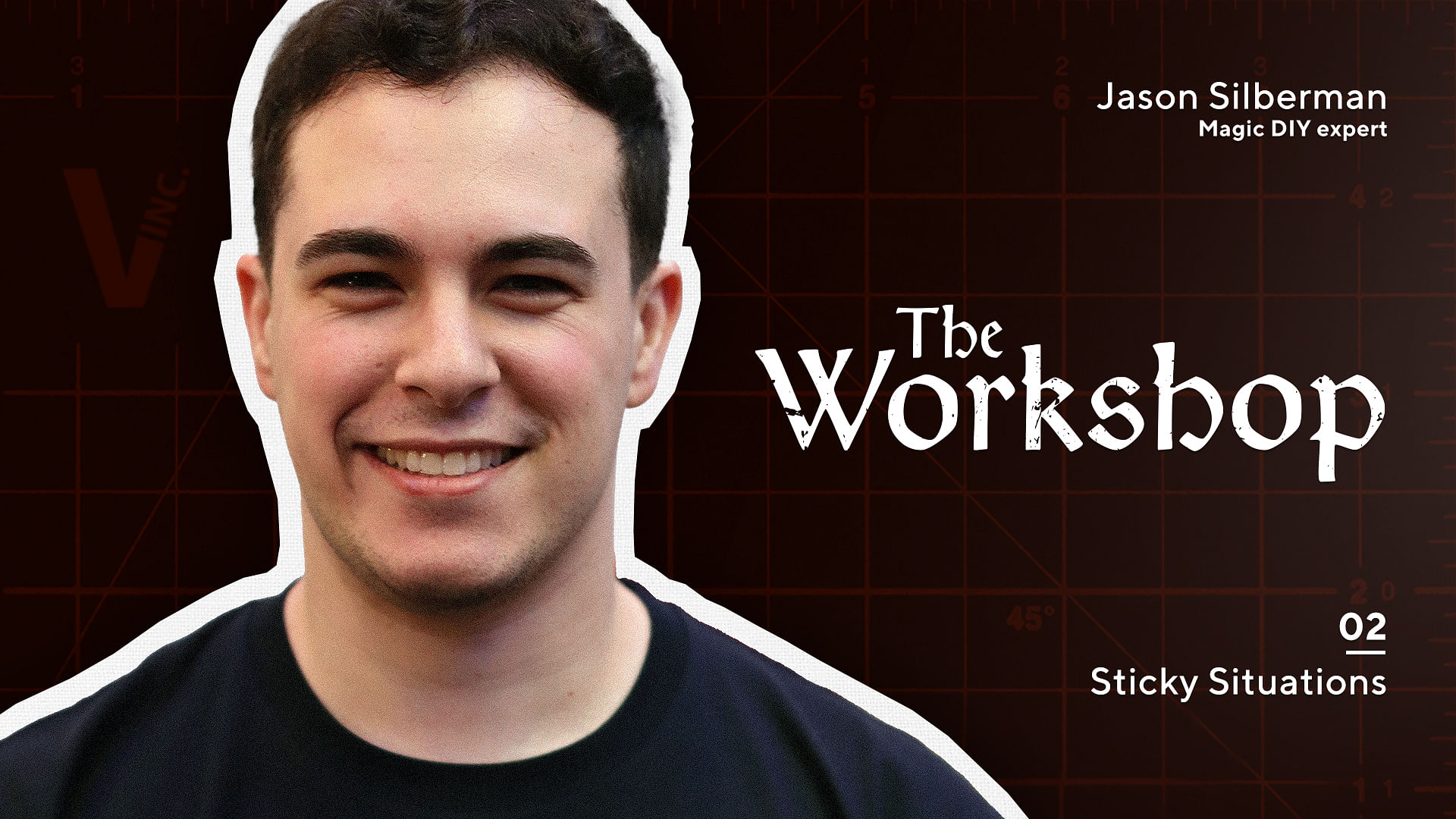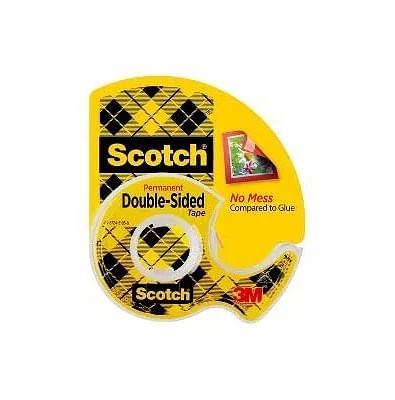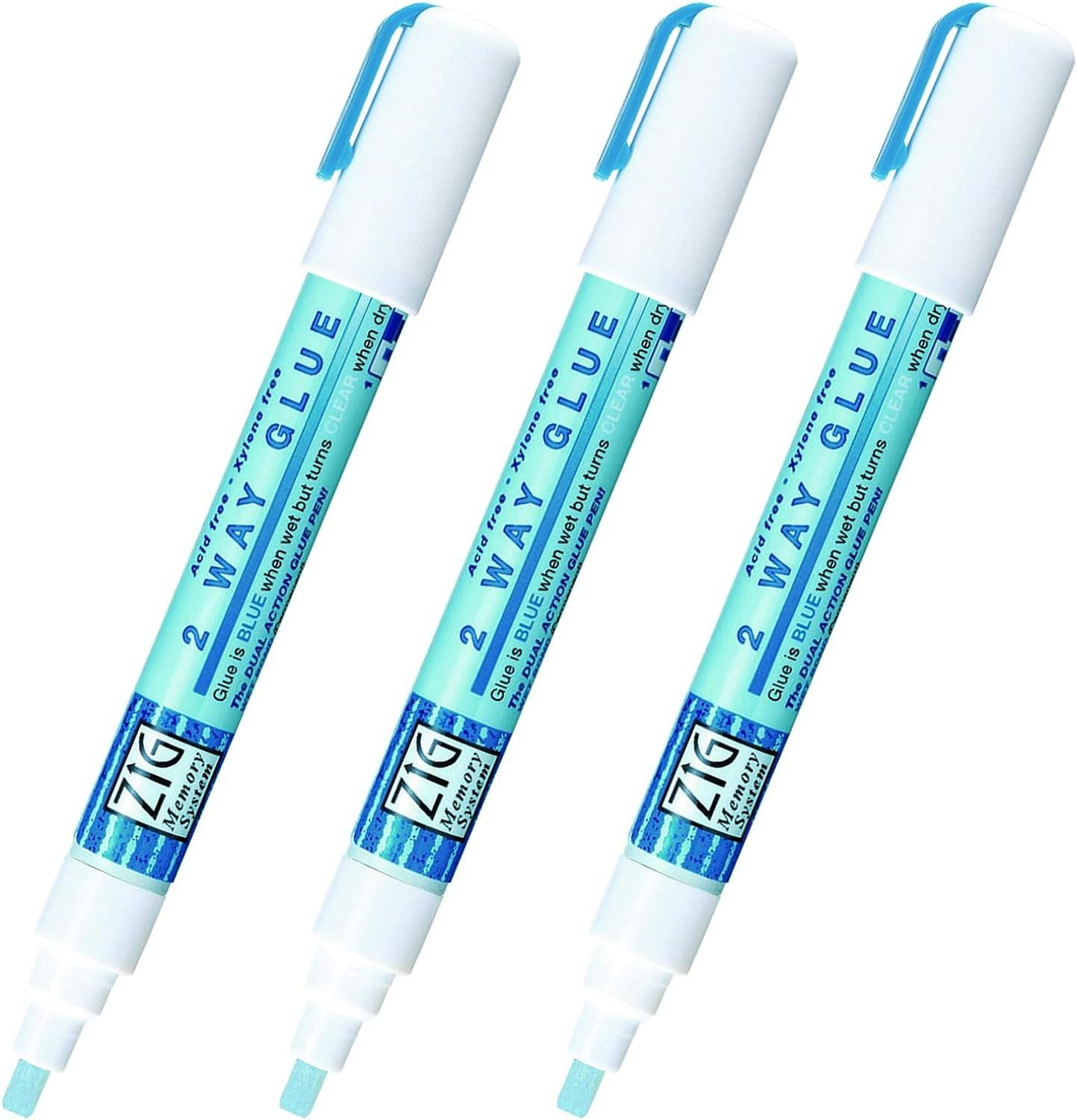The Workshop: Sticky Situations
By Jason Silberman - Tuesday, March 19, 2024
Welcome back my friends to The Workshop, a special blog series dedicated to demystifying the world of gaff making. I’m here to help you discover that every magician can, and should, learn how to make their own gaffs.

If you haven’t read the first article yet, I highly suggest you start there. We learned the basics of card gaffing, particularly how to split cards.
Once you split a card, you will eventually need to put it back together. Which is why, today, we're getting a little sticky as we discuss different types of adhesives and how they’re used in the world of gaffs.
Let’s take a look at the five most common types of adhesives I use and the different benefits they offer.
Rubber Cement
This is the first choice for most gimmick-makers and a must-have for any gaffer. Rubber cement is easily obtainable in most places (we even sell it at Vanishing Inc.). It is also sometimes referred to as “contact cement”.
The biggest benefit of rubber cement is the fact that it starts as a liquid, so you can easily control how much you are applying to the layers of the cards. It also sticks to itself. This means if you apply it to two separate layers of card, and then put them together, they’ll form a permanent bond. Blake Vogt explores this principle in “Envelock” and the other gimmicks he makes in the “Blake Vogt Masterclass” that I suggested last time.
My favorite part about rubber cement is that it allows your cards to maintain a very natural snap. This is different than other adhesives which can sometimes ruin the snap or make the card overly rigid.

Double Stick Tape
Every magician should have a roll of double stick tape (aka double sided tape) in their working case. It has an endless amount of uses, even outside the world of gaff-making. I’ve used this versatile tool for everything from building flap cards to even creating a quick double-backer in a pinch.
Glue Sticks
While I may prefer rubber cement, glue sticks remain a great adhesive to have in your gaff-making kit. You may remember that I specifically recommended purple glue sticks in the last article. While any glue stick will work, purple glue sticks allow you to see exactly where the glue has been applied because it goes on purple before it dries clear.
While glue sticks aren’t the ideal solution for gluing layers of a card together, they are great for gluing things onto cards or getting adhesive in a more precise area. Their biggest benefit though is that they are available basically anywhere and are much easier to obtain on the go.
Zig 2 Way Glue
 This is a criminally-overlooked secret weapon for magicians. Anthony Owen famously showcased its versatility in his book Secrets and you can even get a full stick for free when you buy “Ultimate Oil and Water”.
This is a criminally-overlooked secret weapon for magicians. Anthony Owen famously showcased its versatility in his book Secrets and you can even get a full stick for free when you buy “Ultimate Oil and Water”.
Zig 2 Way Glue Fine Tip Pens (or any other repositionable glue) can be used to create a temporary bond. This, for example, is great for quickly creating sticky cards that can adhere to another card (and then also be easily removed) without damaging either card. The added benefit of Zig 2 Way Glue is that it goes on blue and then dries clear. When stuck to itself, it also makes a more permanent bond.
Dry Mount Tissue
This is something that should only be used by experienced gaffers who want to take their gaff-making to the next level. Dry mount tissue is the best way to combine two layers of card together while also maintaining their original snap and thickness.
While it’s more costly and takes a bit more practice to use, dry mount tissue is your secret to creating professional quality gaffs. Gimmicks that use it look and feel like regular cards. It also unlocks the ability to create truly one-of-a-kind gaffs.
 If you’d like to learn more about the benefits of dry mount tissue, I’d highly recommend picking up a copy of The Gaff Factory by Craig Matsuoka. Working with dry mount tissue is a pivotal step for anyone who is really serious about making gaffs.
If you’d like to learn more about the benefits of dry mount tissue, I’d highly recommend picking up a copy of The Gaff Factory by Craig Matsuoka. Working with dry mount tissue is a pivotal step for anyone who is really serious about making gaffs.
So, now we’ve jumped headfirst into separate and combining cards. You might think we are done. But, we’ve actually only scratched the surface. There are still so many paths you can take in this exciting world of gimmick-making. Join me next time as I share my thoughts about why you should learn to make gaffs and how to get the most out of your new skills.
Until then, get back to practicing and refining your basic gaff skills. I’ll see you next time in The Workshop.
Back to blog homepage
Similar posts on the blog:

